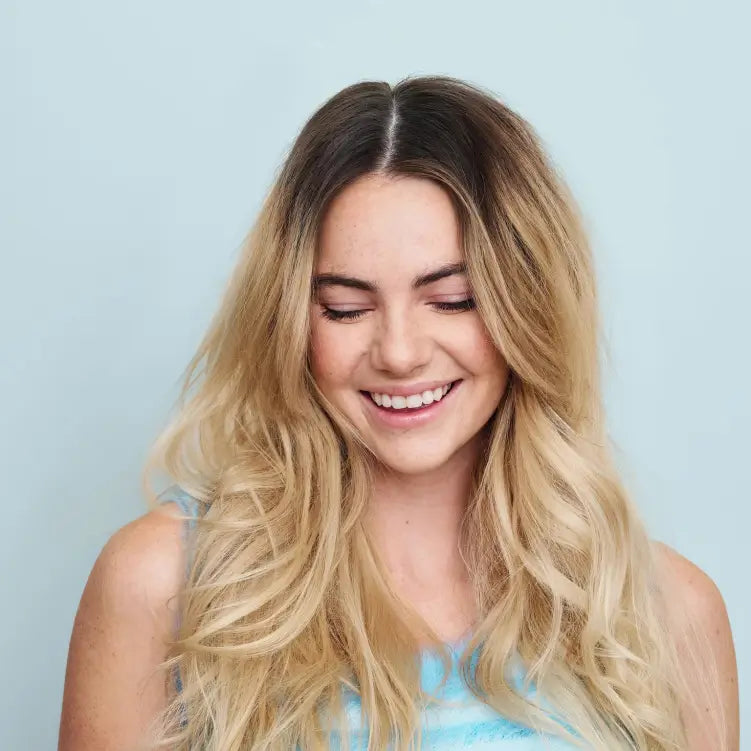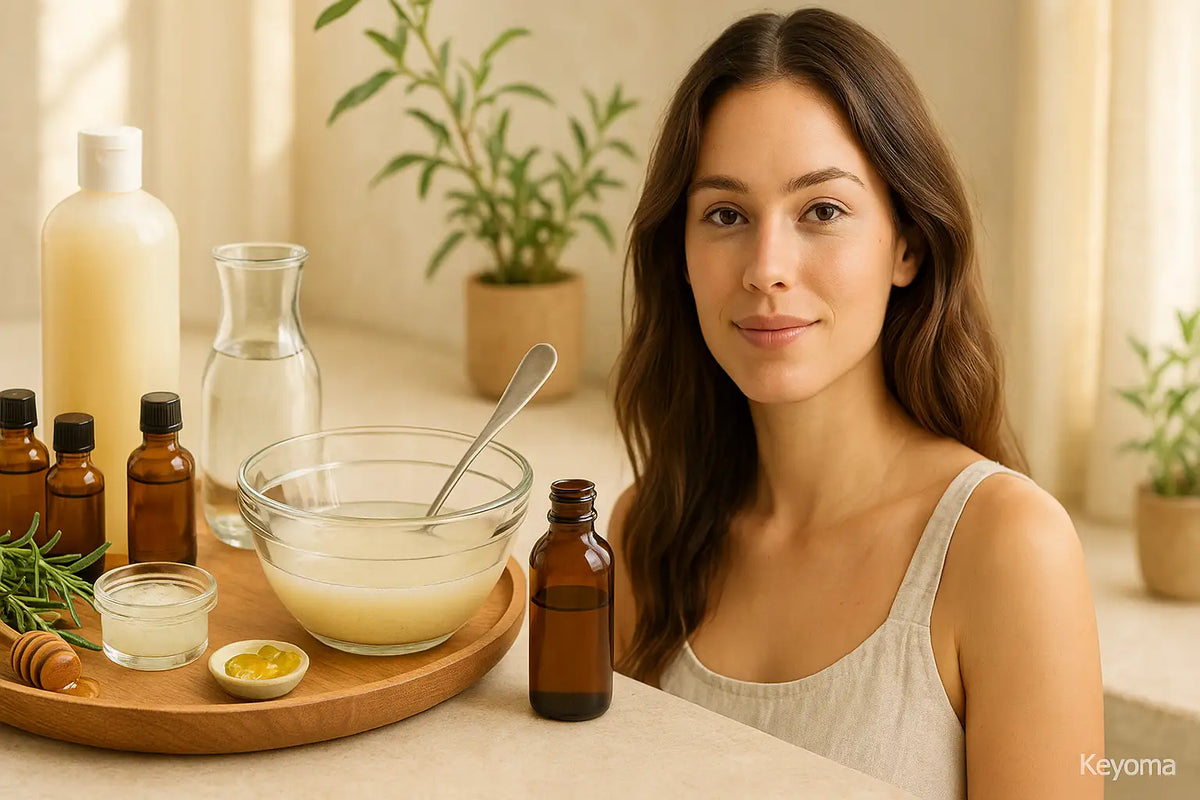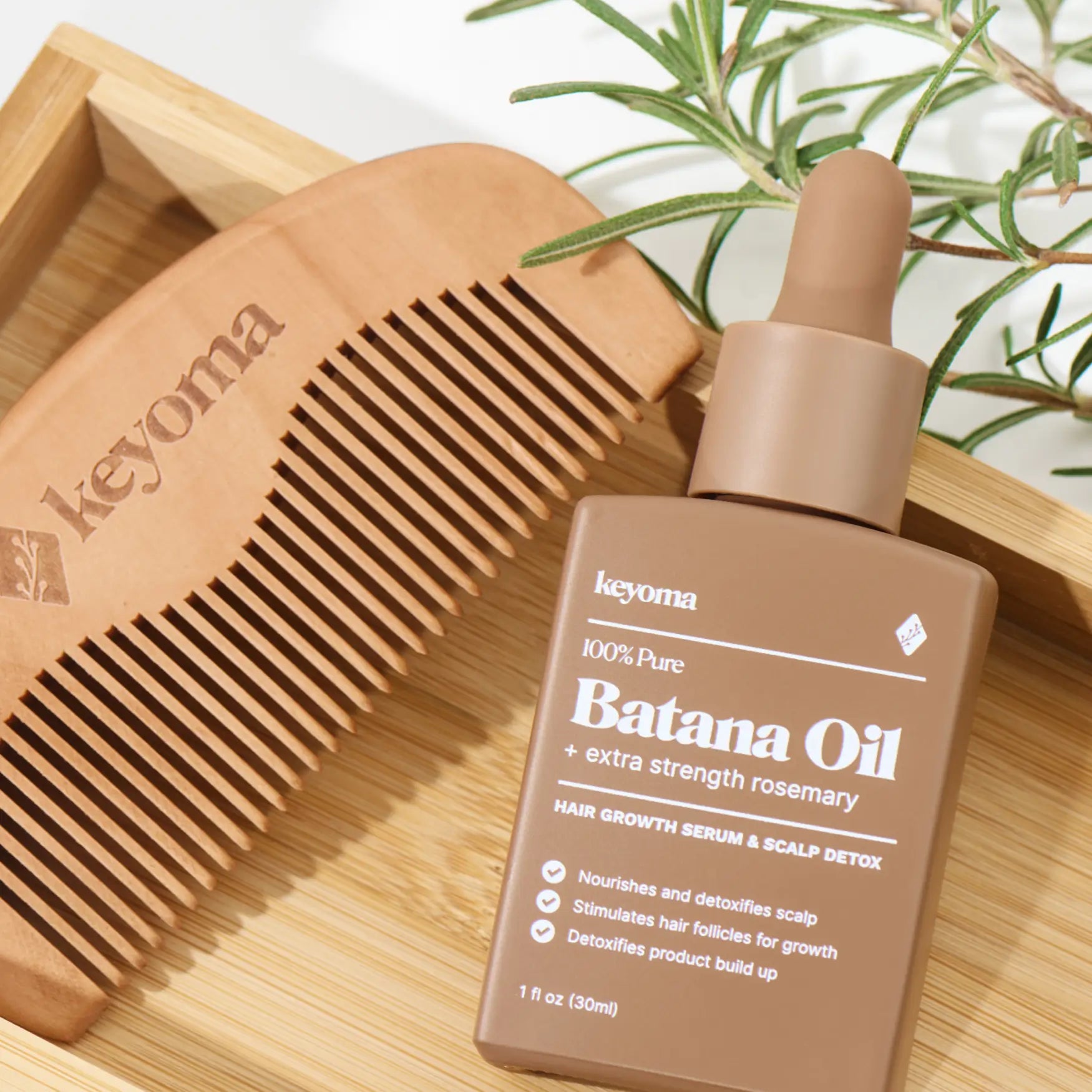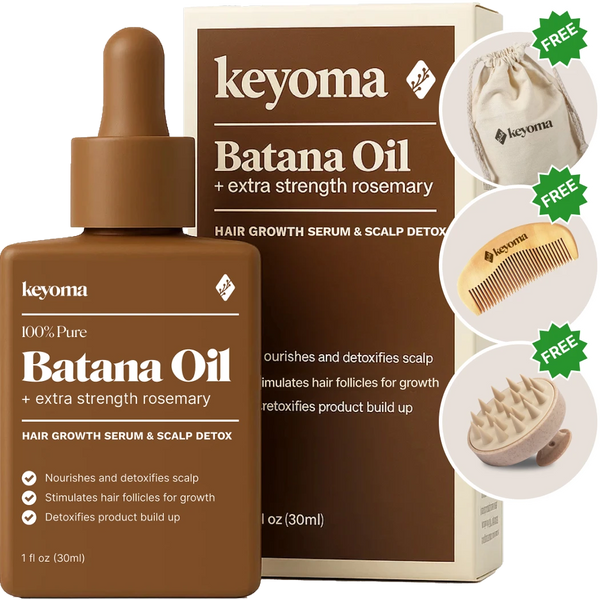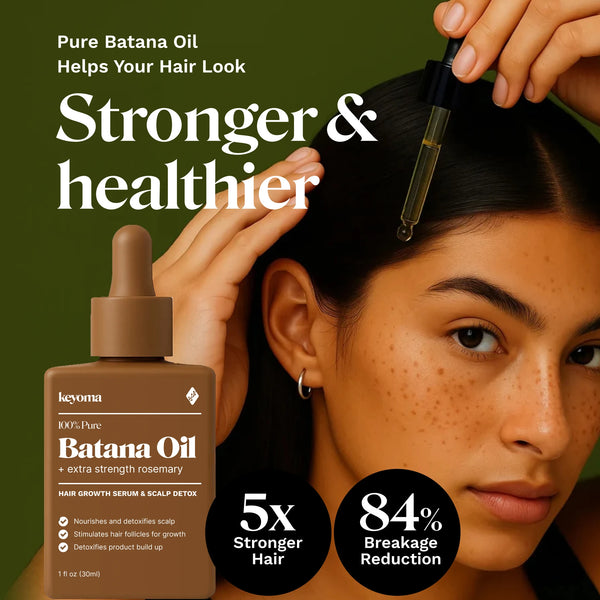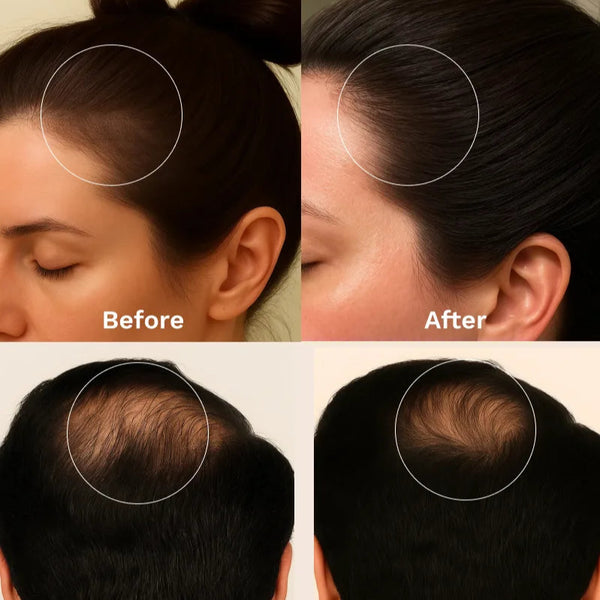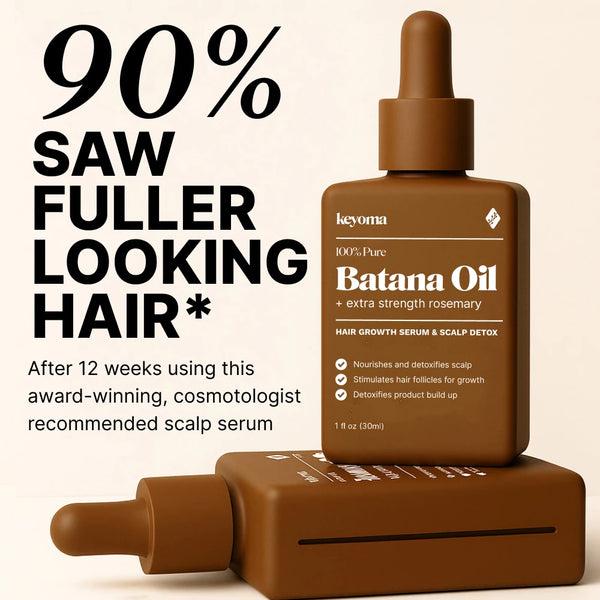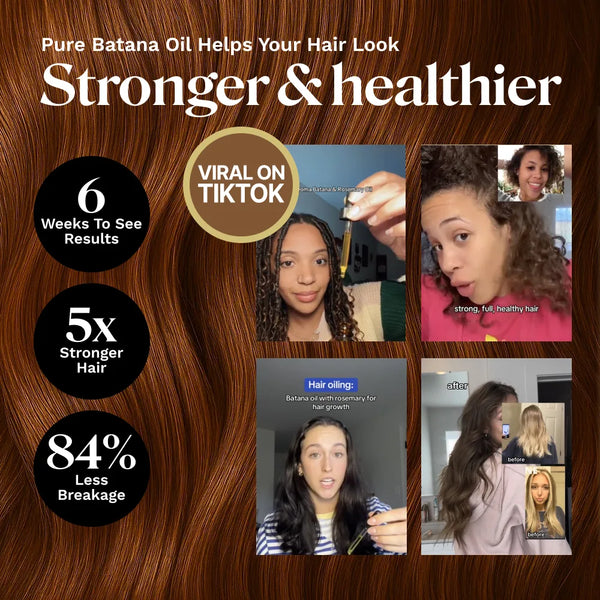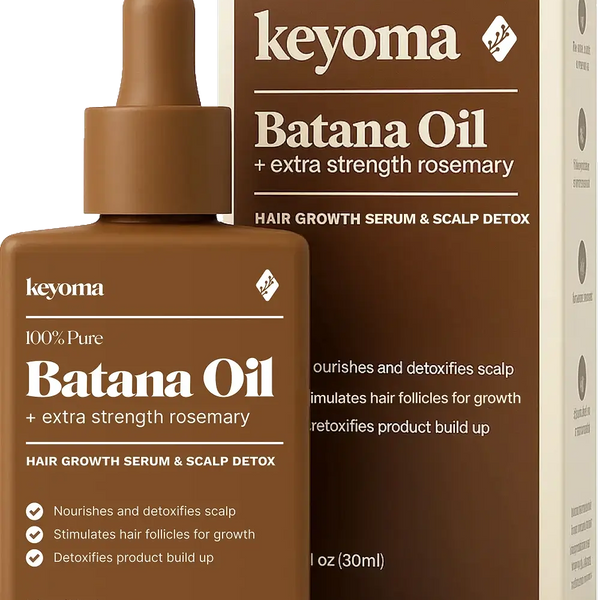In this article
Treat this how-to as your go-to for crafting shampoo at home. Here are ten straightforward recipes to help you find a formula that suits your hair.
The perks: choose all natural ingredients, skip the fillers and irritants common in store brands, scent it how you like, and tailor it to your hair’s needs.
What else needs saying?
I’m a fan of my DIY shampoo. It smells lovely and leaves my hair soft and light.
Read on to see how to mix your own shampoo at home.
Key Takeaways
-
Homemade rosemary shampoo uses castile soap, carrier oil, essential oils, aloe, vitamin E, honey.
-
Steps emphasize sterilizing tools, measuring ingredients, mixing thoroughly, bottling, shaking before each use.
-
Benefits include natural ingredients, avoiding harsh additives, customizing scent, tailoring formula to hair needs.
-
Experts recommend avoiding sulfates, formaldehyde, parabens, hexachlorophene, phthalates, and triclosan due to risks.
Why Make Natural Shampoo Yourself?
If you want a homemade shampoo that isn’t quite no ‘poo yet still avoids toxic chemicals, this Rosemary Peppermint version really delivers.
Everyone’s hair behaves differently. Mine is fine, but I also have a LOT of it! I needed something that could handle all that volume. I’ve been using this homemade shampoo for about a month, and it’s going well.
A few months back I shared that the no ‘poo method wasn’t working for me. I posed the question: Does the no ‘poo method actually work? After a year of trying natural hair care recipes, none of the no ‘poo approaches matched my hair. Detox masks didn’t help, and patience alone didn’t either.
Which Ingredients Should You Avoid in Shampoo?
Skin care experts often recommend avoiding certain shampoo and conditioner ingredients, regardless of hair type or styling habits.

If these show up on the label, you may want to keep shopping.
Sulfates
Sulfates (typically sodium lauryl sulfate (SLS) and sodium laureth sulfate (SLES)) act as cleansing agents. They give a deep clean and the sudsy lather many expect from shampoo.
Even so, these strong cleansers can strip your hair’s natural oils, which can lead to dryness. They also have a few other downsides:
-
irritation of the skin
-
dry skin
-
inflammation of the scalp
-
heightened skin sensitivity
-
worse symptoms in conditions like rosacea, eczema, and contact dermatitis
Sulfates can affect more than hair and skin. When rinsed away, they enter sewage systems and eventually rivers or the ocean, where they can disrupt fragile ecosystems.
Formaldehyde
You’ll find this chemical compound in many household items, plus building materials, furniture, and paints.
In shampoos, it works as a preservative, but it’s probably best to leave shampoos containing formaldehyde on the shelf because it is a known human carcinogen.
It can also cause contact allergies or dermatitis and worsen skin conditions like allergic dermatitis and eczema.
Parabens
These preservatives have been used in beauty products for years to extend shelf life.
They do provide antibacterial and antifungal properties. Yet they’re rapidly absorbed through the skin and into body tissues, where they may:
-
influence breast cell growth and possibly raise breast cancer risk
-
alter estrogen activity in the body, with possible effects on menstruation and pregnancy
-
trigger allergic contact dermatitis reactions
-
contribute to skin issues such as irritation, redness, flaking, and hives
Parabens may also harm ecosystems. Even low levels of butylparaben can kill coral.
Hexachlorophene
This antiseptic appears in some cosmetic products because of its antibacterial effects.
However, it can cause eye and skin irritation, including:
-
red, swollen skin
-
dry patches
-
light sensitivity
-
skin scaling
It’s also harmful if swallowed and can cause nausea, vomiting, diarrhea, and abdominal cramps.
Phthalates
These synthetic chemical compounds add flexibility to many plastics.
In shampoo, phthalates function as a binding agent. They’re easily absorbed into the body.
Researchers have linked them to:
-
changes in hormone levels and function low sperm count plus infertility
-
a higher risk of pregnancy loss and gestational diabetes
They may also damage the:
-
the kidneys
-
thyroid gland
-
the liver
-
the immune system
Phthalates also pollute the environment. They can affect reproduction in animals, much like they do in humans.
Triclosan
This antibacterial chemical appears in many products, including toothpaste and mouthwash.
In 2016, the Food and Drug Administration (FDA) banned its use in antibacterial soaps, but it’s still used in other personal care products, like shampoo.
Triclosan helps reduce bacterial contamination, but it’s easily absorbed into skin and tissue, where exposure can affect reproductive health. It also enters wastewater, where it can harm many plant and animal species.
DIY Rosemary Shampoo: Step-by-Step Recipe
Get set for an easy hair care routine with homemade rosemary shampoo plus a favorite essential oil.
This DIY blends rosemary’s invigorating benefits, an optional second oil like lavender, and gentle ingredients to cleanse and nourish. With a short recipe and simple supplies, you can make a custom shampoo that leaves hair clean, healthy, and nicely scented.

Step 1: Collect the supplies you’ll use, including rosemary essential oil, your chosen essential oil (such as lavender), mild liquid castile soap, carrier oil, distilled water, aloe vera gel (optional), vitamin E oil (optional), honey (optional), a mixing bowl, a whisk or spoon, and a shampoo bottle.
Step 2: Begin by sterilizing your tools. Wash the mixing bowl and whisk or spoon with hot, soapy water, then rinse to remove any residue.
Step 3: In the clean bowl, measure 1/2 cup of mild liquid castile soap.
Step 4: Stir in 2 tablespoons of carrier oil. Pick jojoba, almond, or coconut based on preference. I noticed jojoba stayed lighter and rinsed out more easily.
Step 5: Add 1 tablespoon of aloe vera gel. It helps moisturize and soothe the scalp.
Step 6: Now add the essential oils. Use 10–15 drops of rosemary essential oil and 10–15 drops of your second oil, such as lavender. Adjust the amount to match your scent preference.
Step 7: Mix in a few drops of vitamin E oil. This acts as a natural preservative and helps nourish hair.
Step 8: Optional: Add 1 tablespoon of honey for added hydration and shine. Honey is a natural humectant and helps hair retain moisture.
Step 9: Pour 1/4 cup of distilled water into the bowl to dilute the shampoo and reach the texture you want.
Step 10: Whisk the mixture until it’s smooth and evenly combined. A close friend with a sensitive scalp felt calmer when rinsing with slightly cooler water.
Step 11: Transfer the shampoo into a clean bottle. A funnel can make filling easier and reduce spills.
Step 12: Your rosemary and essential oil shampoo is ready. Shake the bottle before each use to keep the ingredients well blended.
Enjoy the fresh aroma and nourishing feel during your hair routine. Store it in a cool, dry place and use within a few months.
Note: Do a patch test before using any new hair product, especially if you have sensitive skin or allergies. Lavender is an essential oil; if you want that scent, choose lavender essential oil as your second oil.
Blend Rosemary Shampoo Safely With Keyoma Guides
Treat DIY rosemary shampoo as a clean, flexible base for scalp care, not a stand-alone growth fix. Use a simple castile blend, sanitize tools, add rosemary with one complementary essential oil, patch test new mixes, and avoid harsh additives such as sulfates, formaldehyde, parabens, hexachlorophene, phthalates, and triclosan.
Focus on consistency and gentle technique: shake before each use, apply to the scalp, rinse well, and store in a cool, dry place. To lock in light hydration and add slip during a brief daily massage, finish with Keyoma’s Batana Oil with Rosemary as your scalp and length oil so the routine stays simple, comfortable, and sustainable.
Featured Product
100% Pure Batana Oil + Rosemary
↓Best Batana Oil to Buy↓
1 Month
Subscribe & Save
- 30-day supply delivered monthly $35
- 30% off for life $6
- Free haircare essentials kit $33
- Free custom wooden comb $10
- Free scalp massager $15
- Free eco-friendly travel bag $8
- 30-Day Money Back Guarantee
- Free Shipping
- Online portal for easy cancel, skip, or pause.
1 Month One Time Purchase
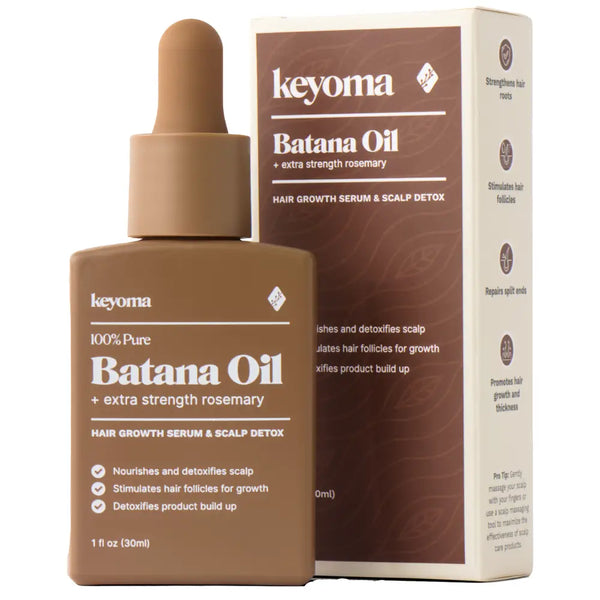
- 30-day supply $50
- 30% off for life $6
- Free haircare essentials kit $33
- Free custom wooden comb $10
- Free scalp massager $15
- Free eco-friendly travel bag $8
Your Cart
Your Cart is empty
Let's fix that
You might like...
Search our store
